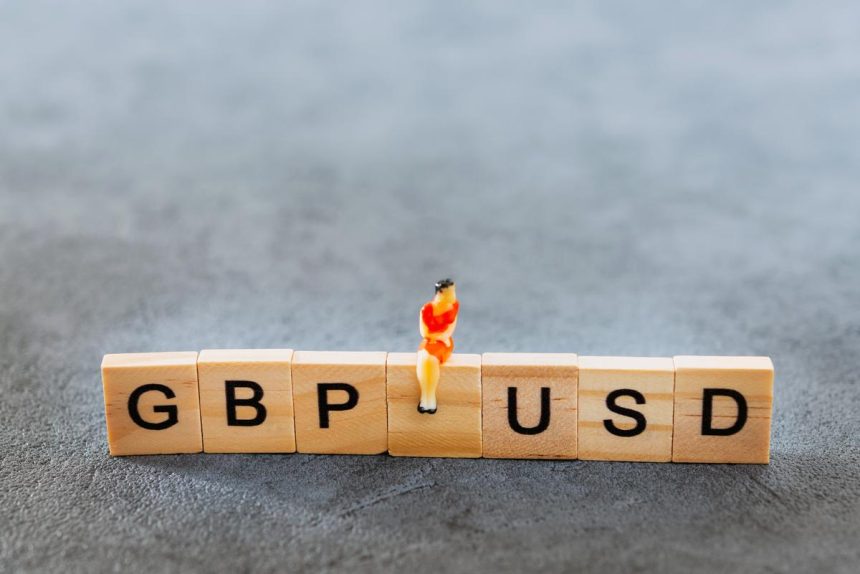Pound sterling remains strong versus the US dollar as Fed rate cuts appear more appropriate for this year.
In Friday’s London session, the British pound (GBP) held gains slightly over the round milestone of 1.2900 versus the US dollar (USD). The GBPUSD pair reached a new annual high of 1.2950 after softer-than-expected US Consumer Price Index (CPI) data for June raised hopes of Fed rate reduction. Traders predict that the Fed will begin lowering interest rates from the September meeting.
Softer-than-expected US inflation raises hopes for Fed rate reduction in September.
The US CPI report revealed that annual headline and core inflation, which exclude volatile food and energy prices, fell to 3% and 3.3%, respectively. On month, headline inflation fell for the first time in four years, raising hopes that price pressures will return to the desired pace of 2% and that the high inflationary pressures in the first quarter were a one-time blip.
Softer-than-expected inflation data have impacted severely on the US dollar, boosting Fed officials’ confidence that the disinflationary process has resumed. The US Dollar Index (DXY), which measures the Greenback’s value against six major currencies, stays below 104.50.
On Thursday, San Francisco Fed Bank President Mary Daly stated that recent lower inflation readings and easing Given the labor market conditions, one or two rate cuts are appropriate for this year.
Investors will be looking forward to the release of the US Producer Price Index (PPI) data for June at 12:30 GMT on Friday. Economists predict that headline and core producer inflation rose in June, both monthly and annually.
Daily Market movers: Pound Sterling capitalises on UK political stability.
On Friday, the pound sterling shown incredible strength in comparison to its major counterparts. The British pound strengthens as Keir Starmer’s Labour Party wins a landslide victory in parliamentary elections, resulting in the most stable political conditions in the UK economy among G-7 nations.
The forecast for the Pound Sterling has improved, as a stable administration leads in predictable Fiscal policies will result in considerable foreign inflows. In addition, the UK’s new Chancellor, Rachel Reeves, promises to encourage development and investment, with a strong emphasis on the supply side due to the limited scope of government spending.
The UK economy expanded at a quicker rate of 0.4% in May, exceeding expectations of 0.2%.
Aside from that, the improving economic outlook and lower expectations that the Bank of England (BoE) will begin lowering interest rates in August have increased the Pound Sterling’s appeal. The monthly Gross Domestic Product (GDP) figures for May came in at 0.4% higher than expected, after being steady in April. This has also cast doubt on whether the BoE should shift to policy normalization in September.
BoE officials reluctant to endorse early rate cuts because wage growth is approximately double what is needed To be consistent in ensuring pricing stability. Catherine Mann, a BoE policymaker, said on Wednesday that lowering annual headline inflation to the 2% target was just a “touch and go”. She warned that inflation could rise again and continue above the target percent for the remainder of the year.









